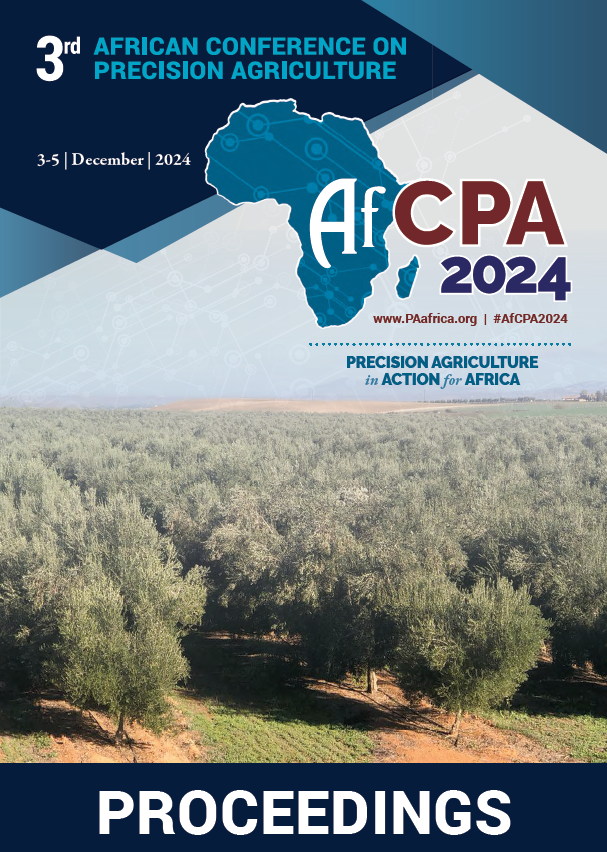Download the Conference Proceedings
Get your copy of the 2024 African Conference on Precision Agriculture Proceedings today! Download the PDF file and view all of the available proceedings.
Proceedings
Topics
| Filter results1 paper(s) found. |
|---|
1. Geo-statistical Prediction of Spatial Distribution of Salt-affected Soils of Meki-Zeway agricultural areas: Actionable baseline information for practical implementation of precision agriculture in similar salinity/sodicity prone areas in EthiopiaSalinity and sodicity-induced soil degradation are major soil property related environmental constraint with severe negative impacts on productivity and sustainability of both rainfed and irrigated agriculture in arid and semi-arid lowlands of Ethiopia. The spatial prediction, data bases creation and preparation of actionable digital soil salinization/sodiciation pattern maps has a special importance to enable site-specific management system leading to the establishment and execution of Digit... M. Minaleshoa |
